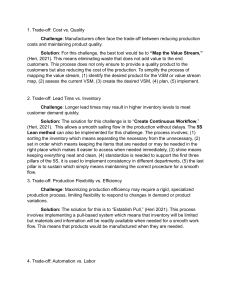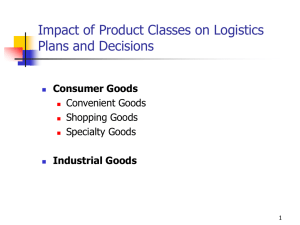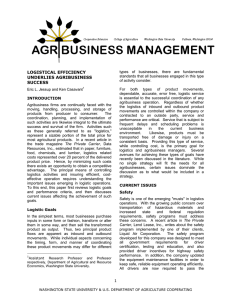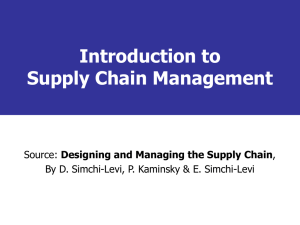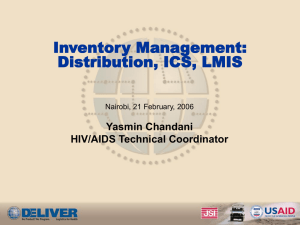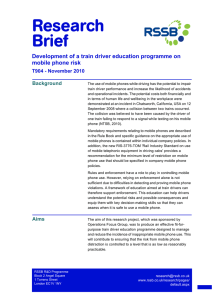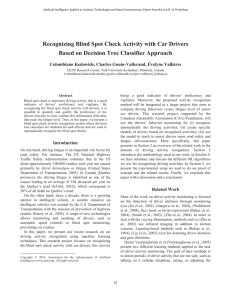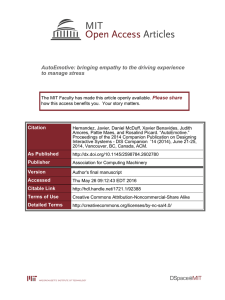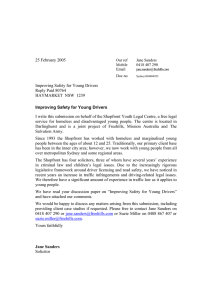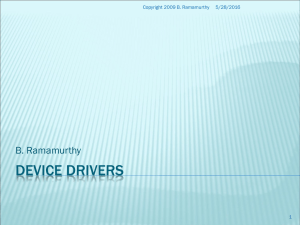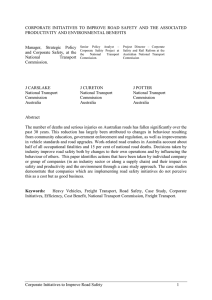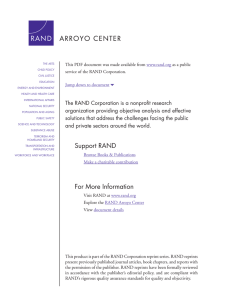information sharing
advertisement
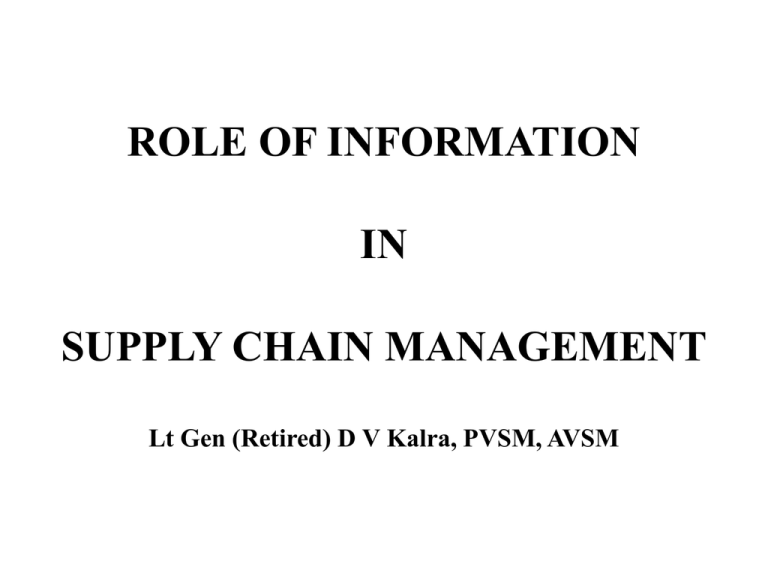
ROLE OF INFORMATION IN SUPPLY CHAIN MANAGEMENT Lt Gen (Retired) D V Kalra, PVSM, AVSM Importance of information and IT in a supply chain Information is essential to making good supply chain decisions because it provides the global scope needed to make optimal decisions. IT provides the tools to gather this information and analyze it to make the best supply chain decisions. How each supply chain driver uses information Each of the supply chain drivers (inventory, transportation, and facilities) require the fourth driver, information, for decisions to be made. Information is the factual component on which decisions about each of the other drivers are based. In essence, information is the glue that holds the entire supply chain together and allows it to function, making information the most important supply chain driver. Major applications of supply chain IT A company’s supply chain processes can be grouped into three main macro processes. CRM includes processes that enable interaction between an enterprise and its customers. ISCM includes processes focused on the internal operations of an enterprise. SRM includes processes that enable interaction between an enterprise and its suppliers. IT is a large enabler of these processes as well as enabling integration across these processes. Good IT systems not only allow the collection of data across the supply chain, but also the analysis of decisions that maximize supply chain profitability. OBSTACLES TO COORDINATION • Local optimisation • Information Distortion INFORMATION SHARING By sharing INFORMATION "upstream" (with a company's suppliers) and "downstream" (with a company's clients), SCM applications have the potential to improve the time-tomarket of products, reduce costs, and allow all parties in the supply chain to better manage current resources and plan for future needs. Information: Role in the Supply Chain • The connection between the various stages in the supply chain -- allows coordination between stages • Crucial to daily operation of the each stage in a supply chain -- e.g., production scheduling, inventory levels Components of Information Decisions • Coordination and information sharing • Enabling technologies – – – – EDI Internet ERP systems Supply Chain Management software • Overall trade-off: Responsiveness versus efficiency Information: Role in the Competitive Strategy • Allows supply chain to become more efficient and more responsive at the same time – reduces the need for a trade-off • Information technology investments • What information is most valuable? Considerations for Supply Chain Drivers Driver Inventory Transportation Facilities Information Efficiency Responsiveness Cost of holding Availability Consolidation Speed Consolidation/ Proximity/ Dedicated Flexibility What information is best suited for each objective LEVELS OF VISIBILTY Data is Exchanged Information is Shared Sharing is Collaboration Collaboration brings Visibility LOGISTICS AND STRATEGIC COST REDUCTION In operation “Desert Storm”(1991), the logisticians tried to build up 60 days of supplies before launching the attack. LOGISTICS AND STRATEGIC COST REDUCTION In the more recent operations, they used a much more streamlined approach where they looked at the time it took to get supplies from the port to the front, and that determined how many days' supplies were needed to maintain the forces in the field. LOGISTICS AND STRATEGIC COST REDUCTION Based on this approach, U.S. forces kept five to seven days of supplies on hand.




